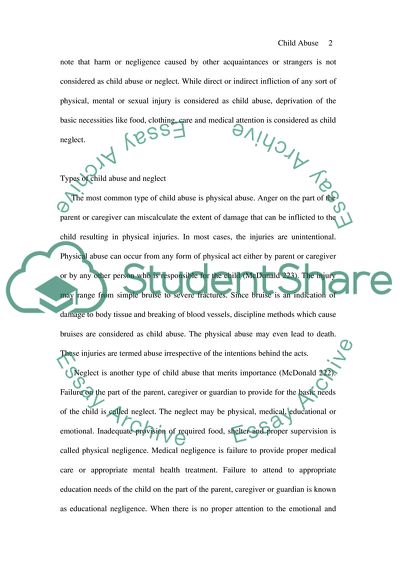Cite this document
(Types of Child Abuse and Neglect Research Paper - 1, n.d.)
Types of Child Abuse and Neglect Research Paper - 1. Retrieved from https://studentshare.org/social-science/1728995-child-abuse
Types of Child Abuse and Neglect Research Paper - 1. Retrieved from https://studentshare.org/social-science/1728995-child-abuse
(Types of Child Abuse and Neglect Research Paper - 1)
Types of Child Abuse and Neglect Research Paper - 1. https://studentshare.org/social-science/1728995-child-abuse.
Types of Child Abuse and Neglect Research Paper - 1. https://studentshare.org/social-science/1728995-child-abuse.
“Types of Child Abuse and Neglect Research Paper - 1”, n.d. https://studentshare.org/social-science/1728995-child-abuse.


